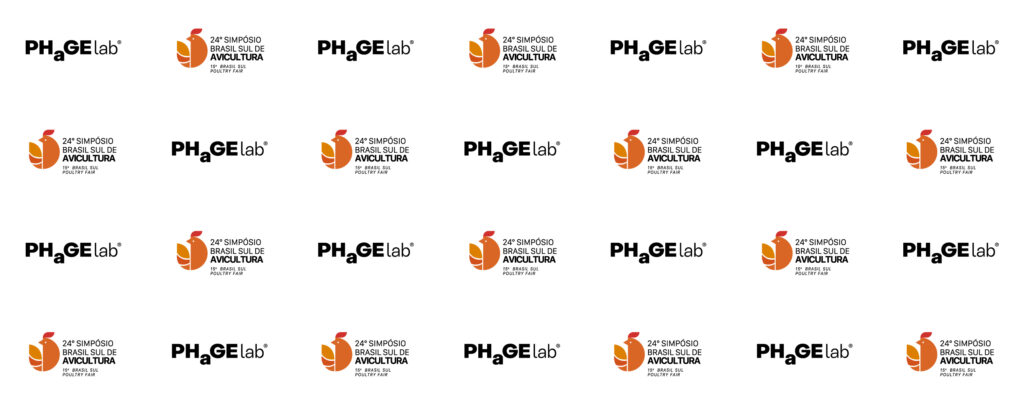Phages are at the heart of our research and development and, because they have an unique ability – to attack specific bacteria – they are a fundamental tool for the precision treatment of pathogenic bacterial infections, in addition to emerging as an advance of conventional therapeutic resources focused on the use of antibiotics.
At PhageLab, we explore effective solutions to prevent outbreaks and the emergence of new antibiotic-resistant bacteria. We are constantly looking for new ways to attack pathogenic bacteria, either by isolating new phages from billions of samples available in nature or by training phages in the laboratory for this purpose.
Understand How Our Phages Work and how this unique attribute of custom focus allows us to facilitate diagnosis and optimize treatment effectiveness.
![]()
What are phages?
Bacteriophages (phages for short) are viruses capable of invading only specific bacteria. Its structure is composed of a unit of genetic material and different protein structures.
They are abundantly present in the biosphere and are known to be the natural antagonists of bacteria, since in order to “survive” they need to specifically recognize one of them, enter its system and use its cellular machinery to produce copies of themselves.
![]()
Elimination of the bacterium
Bacteriophages can carry out a lytic cycle, causing the lysis or elimination of the bacteria, or a lysogenic cycle, where they integrate their genetic material into the genome of the bacteria, without eliminating it.
At PhageLab we use treatments based on lytic bacteriophages or a mixture of them against pathogenic bacteria. Bacteriophages are ubiquitous viruses found primarily where bacteria exist. It is estimated that the total number of bacteriophages on the planet exceeds a proportion of 10(31) and that for each different bacterium there are 10 bacteriophages capable of infecting it.
![]()
We guarantee efficient results by testing a cocktail against selected bacteria, where our large-scale production system allows us to address challenges of industrial volumes.
All PhageLab bacteriophages must meet 3 fundamental criteria:
![]()
1. LYTIC EFFICACY:
In vitro experiments show that bacteriophages have a specific spectrum of action against target bacteria. Testing the bacteriophage cocktail against local bacteria increases the probability of success of the phage treatment in the field.
2. SECURITY:
Bacteriophages must have a lytic cycle and must not have lysogenic genes (such as integrases or recombination sites) that can generate their integration into the genome of the target bacterium and not eliminate it. At the same time, they must not have other risk genes, such as virulence factors or resistance to antibiotics. Therefore, the formulation is 100% lytic and safe for the host.
3. SCALABILITY:
PhageLab has a large-scale bacteriophage production system with unique volume and concentration yields in the world. All bacteriophages in PhageLab formulations must have adequate replication cycles for large-scale production.
Mucous surfaces are the main area of contact between animals and the environment, so they represent the main point of entry for pathogenic bacteria, which will colonize the digestive tract, generating symptomatic outbreaks. Considering this model, when the bacteriophages that make up PhageLab products reach the intestine, they adhere to the intestinal mucus, generating a “minefield” against the bacteria that have colonized or will colonize this organ.
We can completely eliminate and control diseases like E. coli and Salmonella in poultry, calves and cattle. Science works, and we can provide it.










